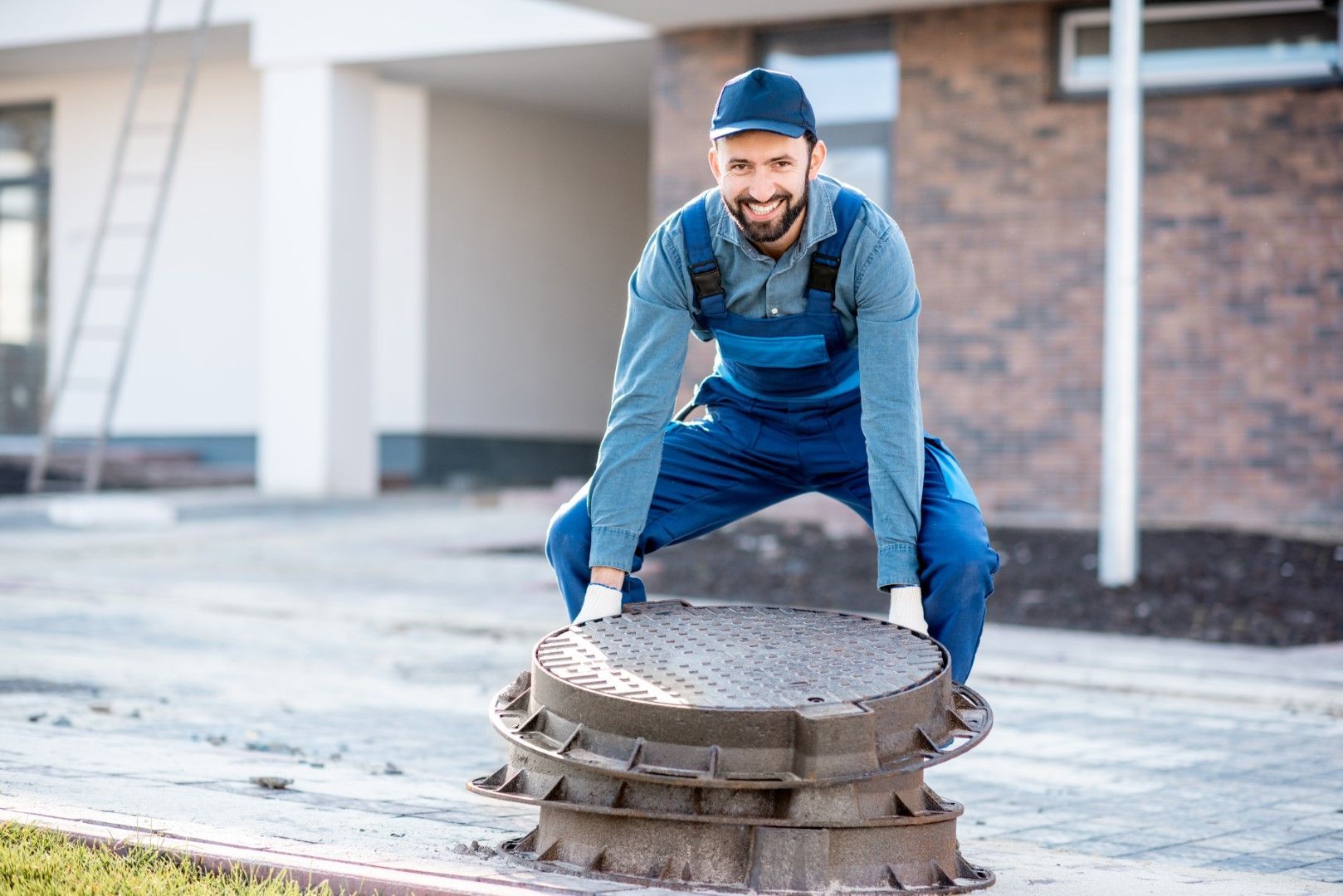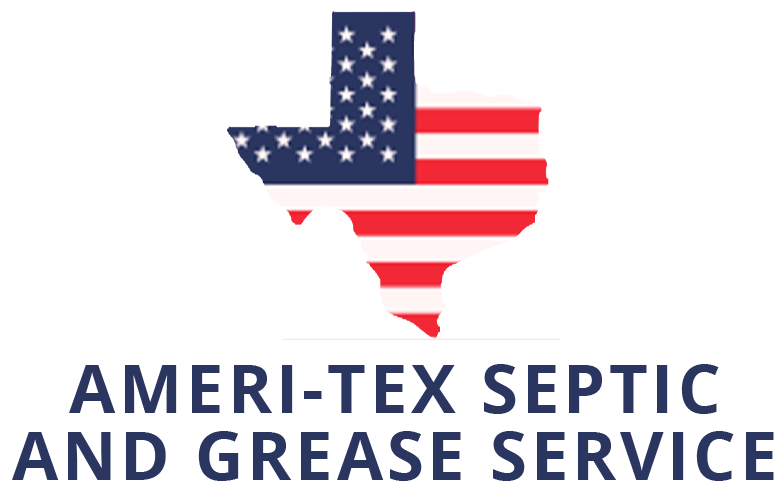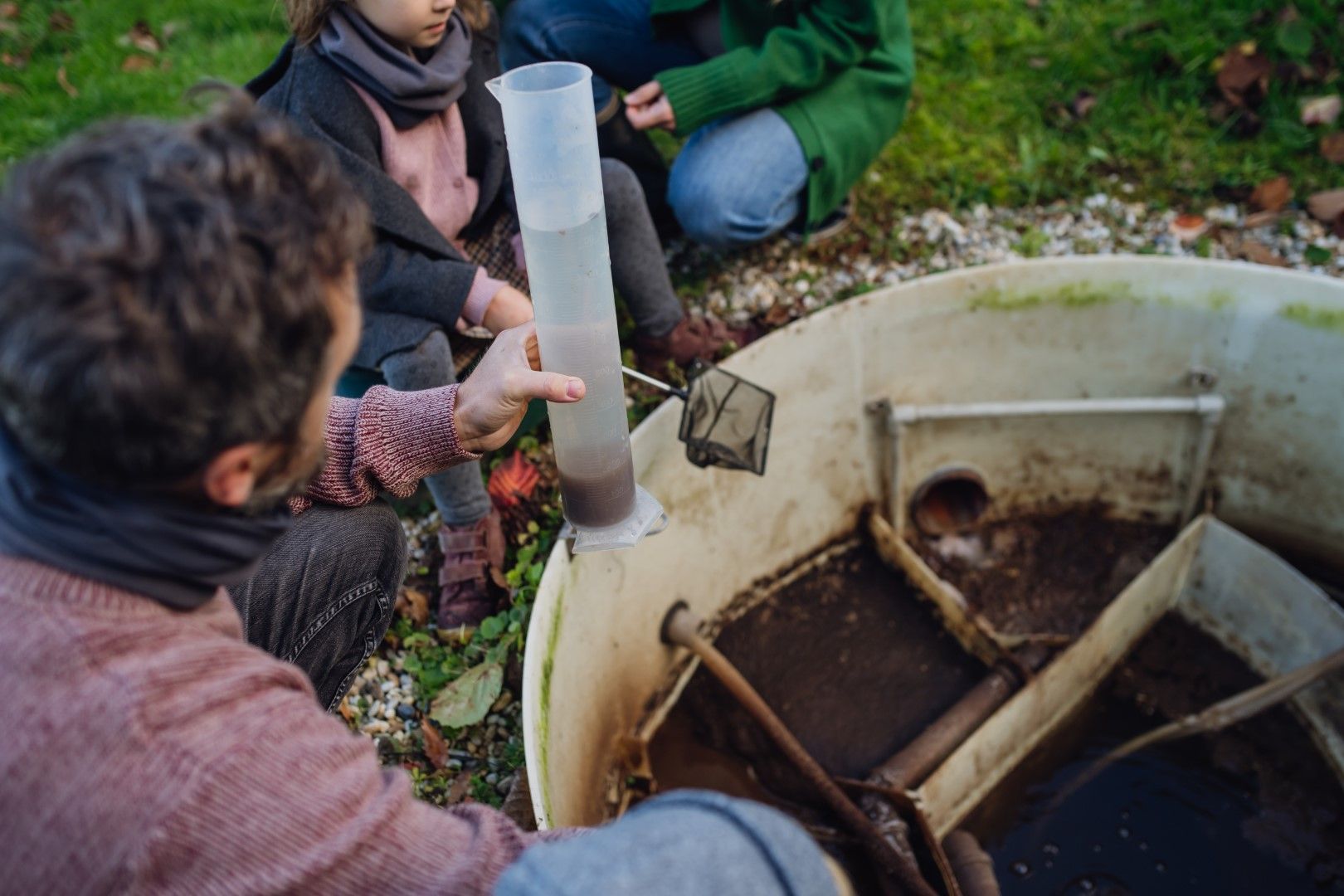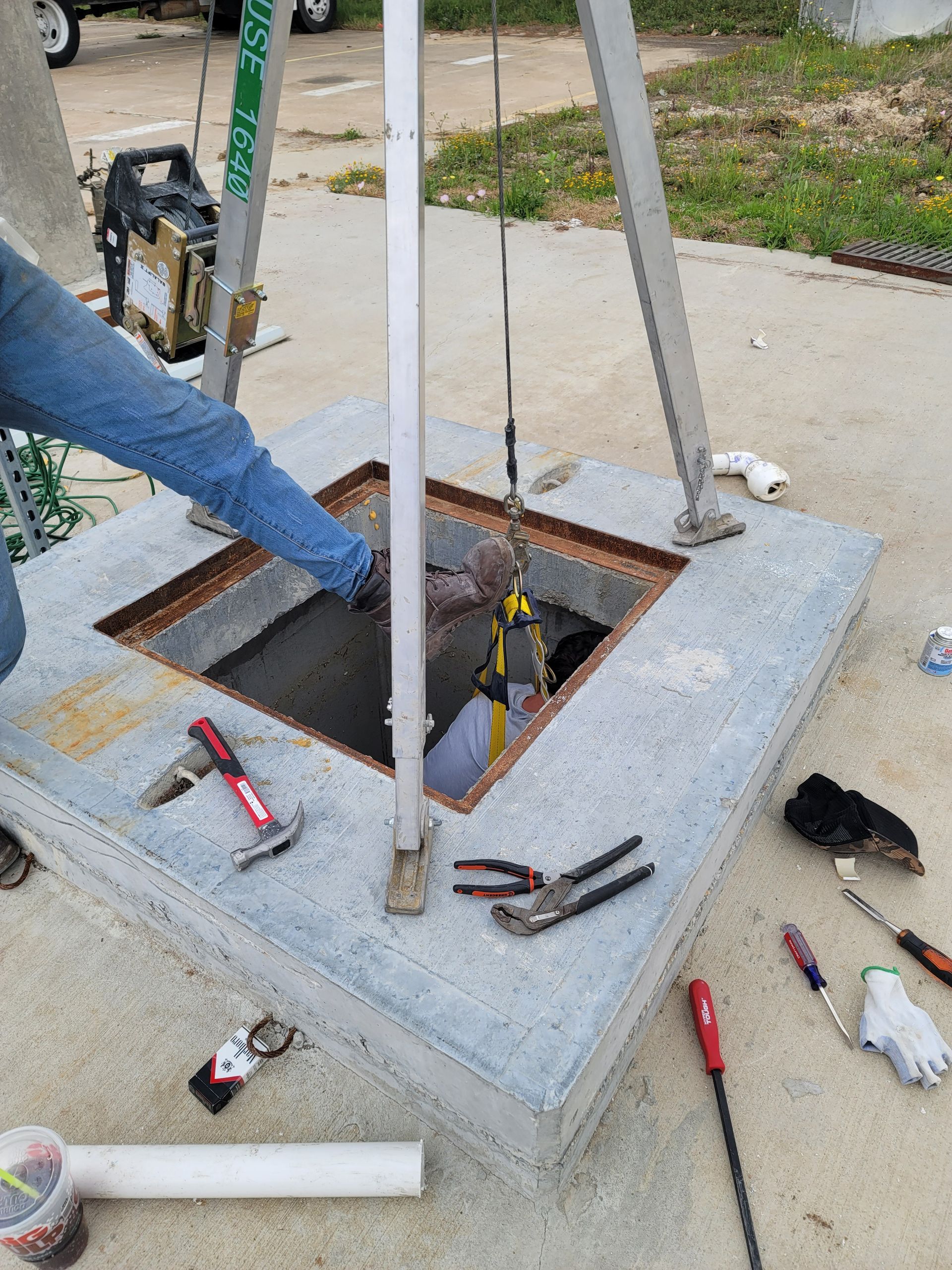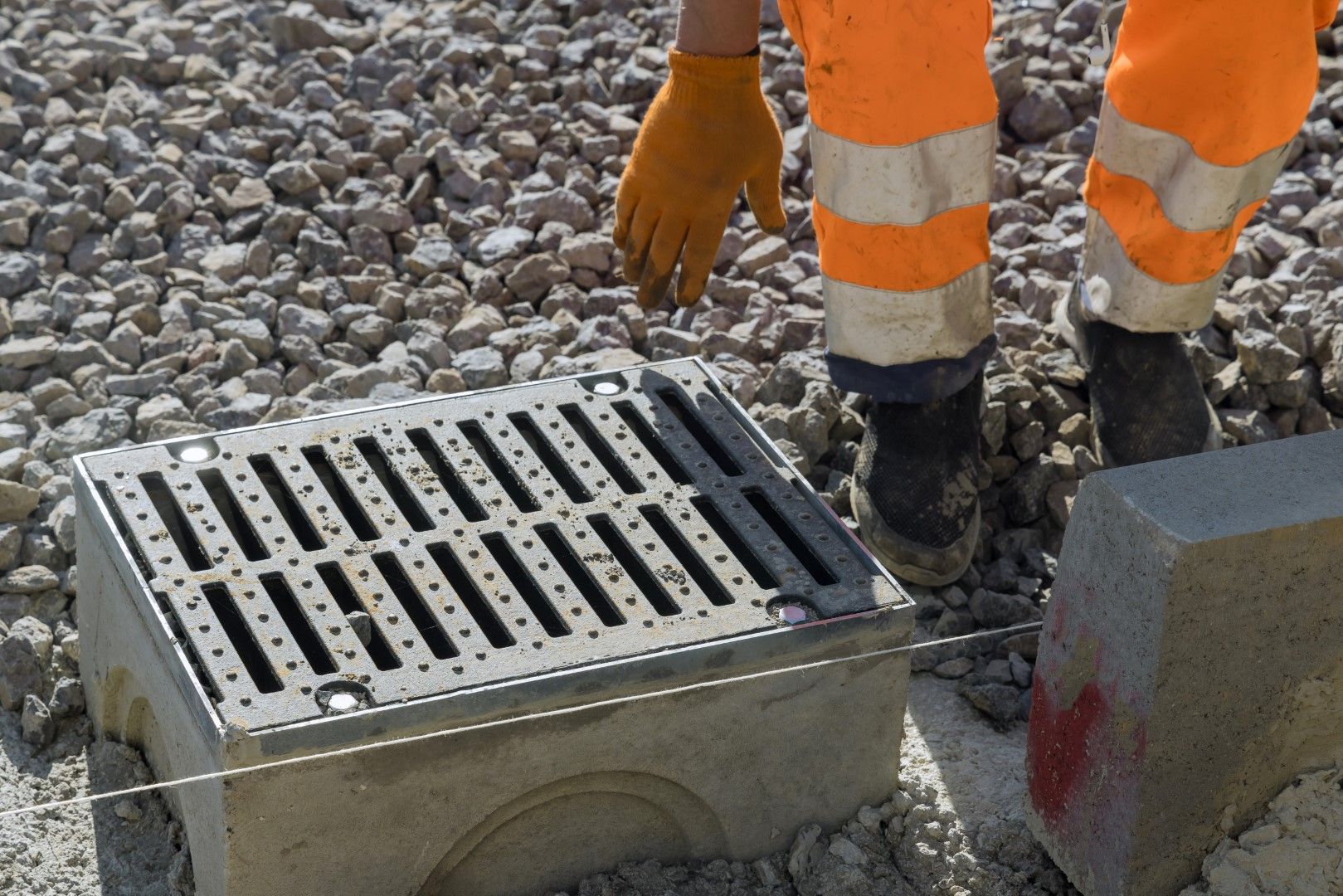For homes and buildings with basement-level bathrooms and kitchens, a well-functioning lift station is crucial. These systems are designed to move wastewater from lower levels up to the main sewage line. However, like any mechanical system, lift stations require regular maintenance to operate efficiently. Neglecting this essential upkeep can lead to serious issues, including backflow, which can cause significant damage and pose health risks.
The Consequences of Backflow
Backflow occurs when wastewater flows back into your property instead of being pumped out to the main sewage line. This can result in contaminated water flooding your basement, leading to unsanitary conditions, unpleasant odors, and potential structural damage. Additionally, backflow can introduce harmful bacteria and pathogens into your living or working environment, posing serious health risks to occupants.
The costs associated with cleaning up after a backflow incident can be substantial, including water damage repairs, mold remediation, and the replacement of damaged fixtures and appliances. To avoid these costly and hazardous situations, it’s essential to prioritize regular lift station maintenance.
How Regular Maintenance Prevents Backflow
Routine lift station maintenance is the most effective way to prevent backflow issues. By ensuring that your lift station is in good working condition, you can avoid the complications that arise from system failures. Here are key aspects of maintenance that help prevent backflow:
Inspection of Pumps and Controls
The heart of a lift station is its pump, which needs to function properly to move wastewater efficiently. During a maintenance visit, technicians will inspect the pump and controls to ensure they are operating correctly. This includes checking for any signs of wear and tear, testing the electrical components, and ensuring that the pump has adequate power to handle the load.
Cleaning and Removing Debris
Over time, debris, grease, and other waste materials can accumulate in the lift station, obstructing the flow of wastewater. Regular cleaning is necessary to remove these blockages and prevent them from causing pump failure or reduced efficiency. Keeping the system clean ensures that wastewater is pumped out smoothly, reducing the risk of backflow.
Testing Alarms and Backup Systems
Most lift stations are equipped with alarm systems that alert you to potential issues, such as high water levels or pump malfunctions. During routine maintenance, these alarms should be tested to ensure they are functioning correctly. Additionally, having a backup system in place, such as a secondary pump, provides an added layer of protection against backflow in case the primary pump fails.
Addressing Small Repairs Promptly
Even minor issues, such as a worn-out seal or a loose connection, can lead to major problems if left unaddressed. Regular maintenance allows technicians to identify and fix small issues before they escalate into costly repairs or system failures. By addressing these concerns promptly, you can extend the lifespan of your lift station and keep it operating efficiently.
The Role of Professional Maintenance Services
While it’s important to be aware of the need for lift station maintenance, it’s equally important to rely on professionals for this task. Lift stations are complex systems, and proper maintenance requires specialized knowledge and equipment. Professional service providers like Ameri-Tex Septic & Grease Service have the expertise to thoroughly inspect, clean, and repair your lift station, ensuring that it continues to operate reliably.
At Ameri-Tex Septic & Grease Service, we offer comprehensive lift station maintenance services in Houston, TX, and the Greater Houston area. Our team will come to your property at least once a year to inspect your lift station, perform any necessary repairs, and ensure that your system is functioning optimally. By partnering with us, you can have peace of mind knowing that your lift station is well-maintained and that you are protected against the risks of backflow.
Protect Your Property with Regular Lift Station Maintenance
The consequences of lift station failure and backflow can be severe, but with regular maintenance, these issues are entirely preventable. By scheduling routine inspections, cleanings, and repairs, you can ensure that your lift station continues to operate efficiently, protecting your property from water damage, health hazards, and costly repairs.
If you’re in the Houston, TX, area and need expert lift station maintenance services, contact Ameri-Tex Septic & Grease Service today. We are committed to providing top-notch service and helping you keep your property safe and your lift station in excellent condition.
